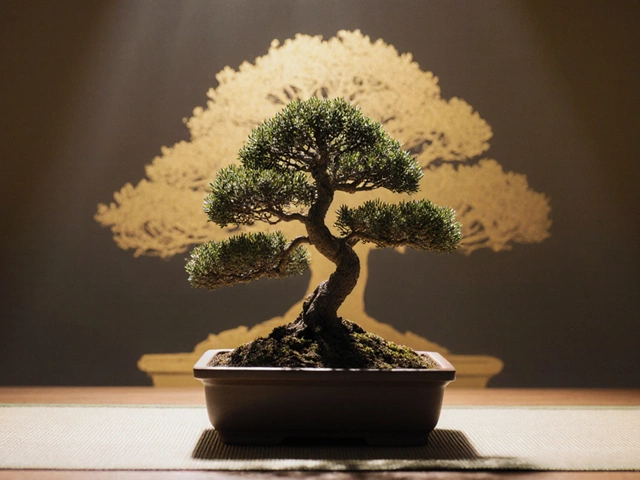Potted Gardening Made Simple: Quick Tips for Small Spaces
Ever looked at a tiny balcony or a sunny windowsill and thought, "I wish I could grow something here"? You can. Potted gardening lets you turn any little spot into a green retreat without digging up your floor or yard.
First thing’s first: pick the right container. A pot that’s too shallow will drown roots, while one that’s too big can hold too much water. Aim for a pot about 8‑12 inches deep for most herbs and leafy greens. If you want a statement plant, go bigger – 16‑20 inches works well for dwarf citrus or a small lavender bush.
Soil Mix and Drainage – The Hidden Heroes
Good soil is the backbone of any potted garden. A mix of garden loam, compost, and a touch of coarse sand or perlite gives plants air, water, and nutrients. Avoid heavy garden soil alone – it stays soggy and roots suffocate. For indoor pots, a ready‑made potting mix with peat or coconut coir is a safe bet.
Never skip drainage holes. A layer of broken pottery shards or gravel at the bottom helps excess water escape, preventing root rot. If your pot doesn’t have holes, drill a few yourself – it’s worth the effort.
Watering, Light, and Maintenance
Watering is where most beginners stumble. The rule of thumb is to water when the top inch of soil feels dry. Stick your finger in; if it’s still damp, hold off. For indoor plants, let tap water sit for an hour to let chlorine evaporate – this protects sensitive leaves.
Light needs vary. Herbs, lettuce, and most veggies love 4‑6 hours of direct sunlight. If you only get filtered light, choose shade‑tolerant plants like snake plant, pothos, or peace lily. On a balcony, a vertical garden system can double your planting area and capture wind‑bent light.
Fertilize every two weeks with a balanced liquid feed, especially during the growing season. Trim dead or yellowing leaves to keep the plant breathing and looking tidy.
Now, let’s talk style. Mix heights by stacking smaller pots on a tray or using tiered stands. Add a splash of colour with flowering annuals like petunias or marigolds – they also attract pollinators. For a sustainable twist, use recycled containers: old tin cans, wooden crates, or even coffee grounds to enrich the soil (just avoid feeding coffee grounds to plants that hate them, like roses).
When space is at a premium, think vertical. Hang a pocket planter or install a wall‑mounted trellis for climbing beans or peas. You’ll get more produce without sacrificing floor space.
Finally, keep an eye on pests. A quick spray of soapy water can knock off aphids, and neem oil works well for tougher bugs. Replace any plant that shows serious disease – it prevents spread to your healthy friends.
With the right pot, soil, and a bit of daily care, potted gardening turns any cramped area into a thriving green corner. Start small, experiment, and watch your confidence grow along with your plants.
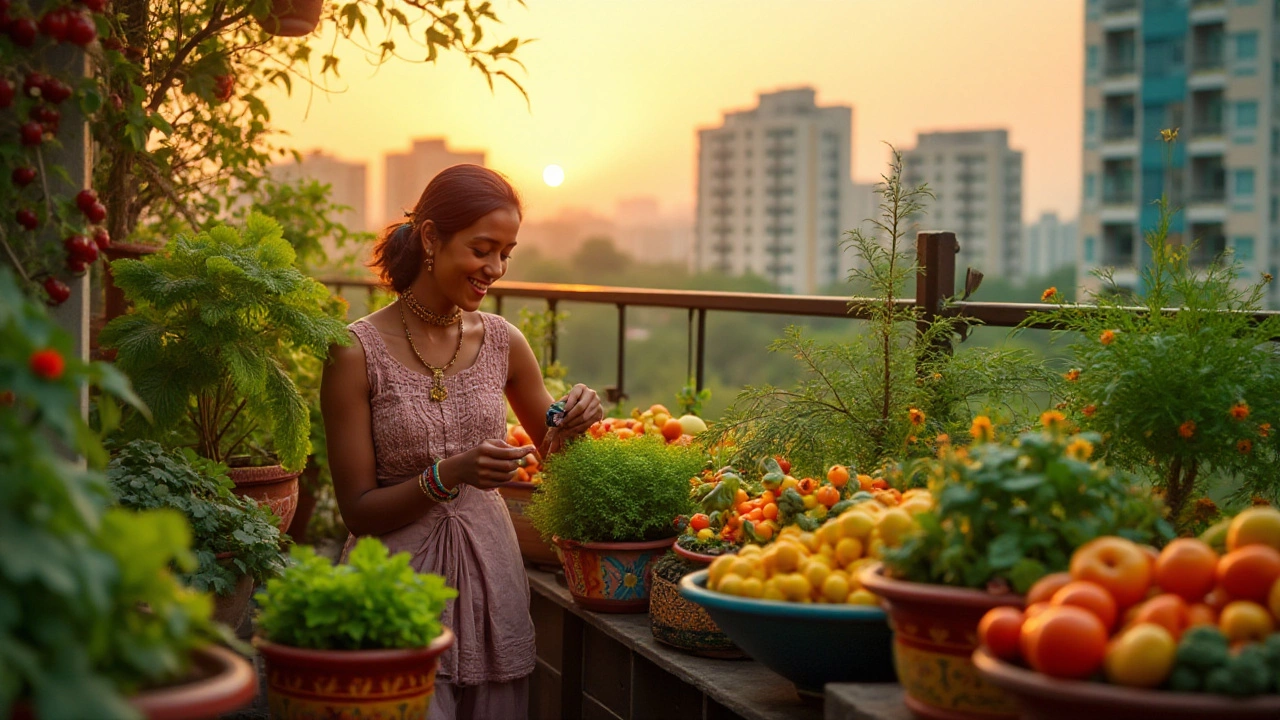
Best Fruits and Vegetables to Grow in Pots for a Thriving Balcony Garden
Growing fruits and vegetables in pots on your balcony is a rewarding experience that brings fresh produce right to your doorstep. This article explores the easiest fruits and vegetables to cultivate in containers, providing useful tips and tricks for a successful harvest. Whether you're a seasoned gardener or a curious beginner, you'll discover which plants thrive in small spaces and enjoy the convenience of gardening in an urban environment. Dive into the world of balcony gardening and enjoy fresh produce all year round.
About
Home and Garden
Latest Posts
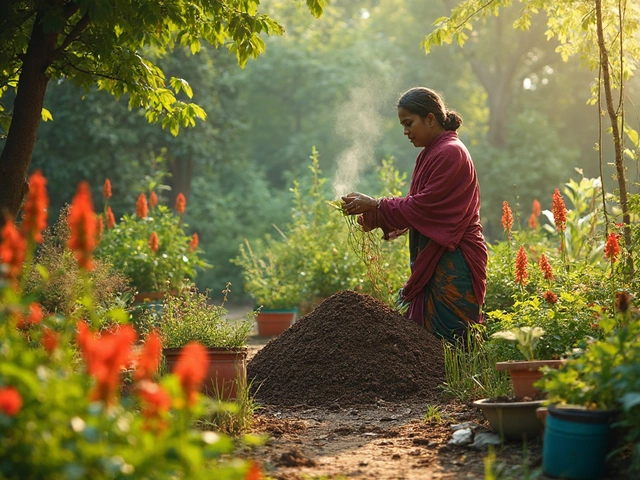
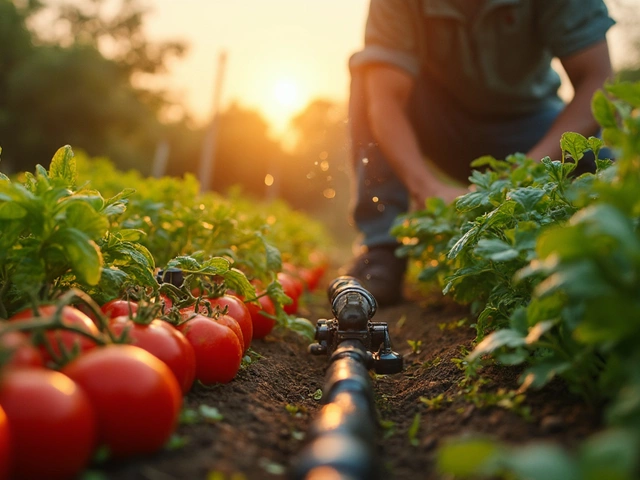
Drip Irrigation System Life Expectancy: What to Really Expect
By Alden Thorne Jun 19, 2025
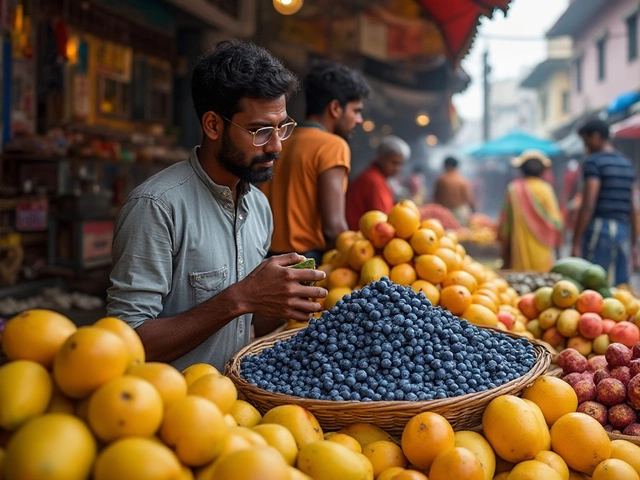
Exploring the Steep Cost of Blueberries in India
By Alden Thorne Jan 4, 2025
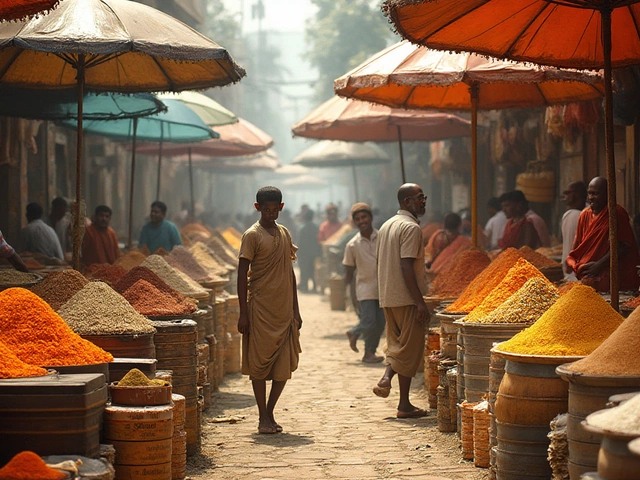
Global Demand for Rice: Exploring the Hotspots
By Alden Thorne Jan 7, 2025
